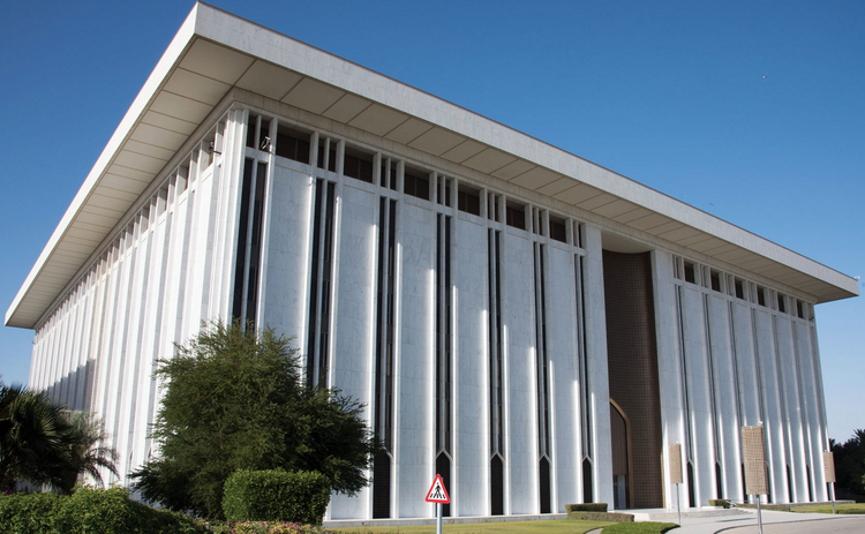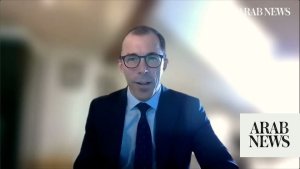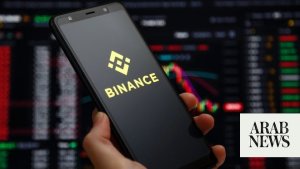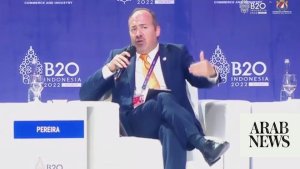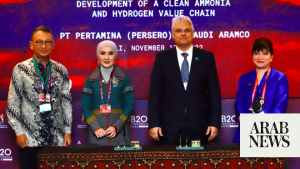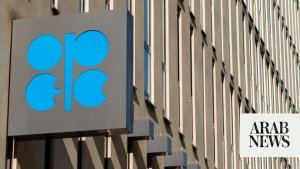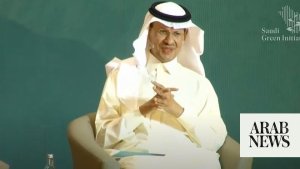RIYADH: Unlike the UAE, Qatar and Bahrain’s central banks, which raised key interest rates by 75 basis points following the US Federal Reserve’s move, the Saudi Central Bank, also known as SAMA, has opted for a moderate hike of 50 basis points.
The Federal Reserve on Wednesday launched its biggest broadside yet against inflation, raising benchmark interest rates three-quarters of a percentage point in a move that equates to the most aggressive hike since 1994. Ending weeks of speculation, the rate-setting Federal Open Market Committee took the level of its benchmark funds rate to a range of 1.5 percent-1.75 percent, the highest since just before the COVID-19 pandemic began in March 2020.
The discrepancy in the size of change is a rare occurrence for the Saudi Central Bank as the Kingdom’s currency is pegged to the US dollar.
Last time such a misalignment took place was in March 2020 when a cut in interest rate by SAMA came in at a more moderate 75 basis points, 25 basis point lower than the 100-basis point cut in the Fed Fund rate announced that day.
“In line with the Saudi Central Bank’s objective of maintaining monetary and financial stability, the Saudi Central Bank has decided to raise the Repurchase Agreement rate by 0.5 percent to 1.75 percent from a previous 1.25 percent, and the Reverse Repurchase Agreement rate by 0.5 percent to 1.25 percent from a previous 0.75 percent,” it said in a statement issued late on Wednesday.
Earlier on Wednesday, the Kingdom’s General Authority for Statistics said in a press release that the annual rate of consumer inflation in the Kingdom slowed to 2.2 percent in May from 2.3 percent in April.
Moreover, there was a slowdown in inflation on a month-on-month basis as well — 0.1 percent in May compared to 0.4 percent in April.
Both headline year-on-year and month-on-month inflation numbers came in lower than the 2.5 percent and 0.4 percent expected in a Bloomberg poll earlier.
Including the May reading of 2.2 percent, the annual inflation has averaged at just 1.9 percent so far this year, data compiled by Arab News shows.
In a research report issued in May this year, analysts at the Saudi-based investment firm Jadwa pointed out that given “the possibility of further hikes by the end of 2022,” they expected the value of the Kingdom’s currency to rise, thereby helping “insulate the Kingdom’s import costs somewhat during the year.”
The benchmark three-month Saudi Arabian Interbank Offered Rate, also known as SAIBOR, was seen rising following the previous 50-basis point rate hike by SAMA in May earlier this year, according to a report by Argaam.
With the rise of SAIBOR, the cost of financing for highly geared companies is expected to increase, however “higher SAIBOR rates will boost the profitability of banks, which provide finance with variable interest,” the Argaam report pointed out.
The three-month SAIBOR rate jumped to 3.05 percent in May this year, up from 2.33 percent in April, according to Argaam data.



